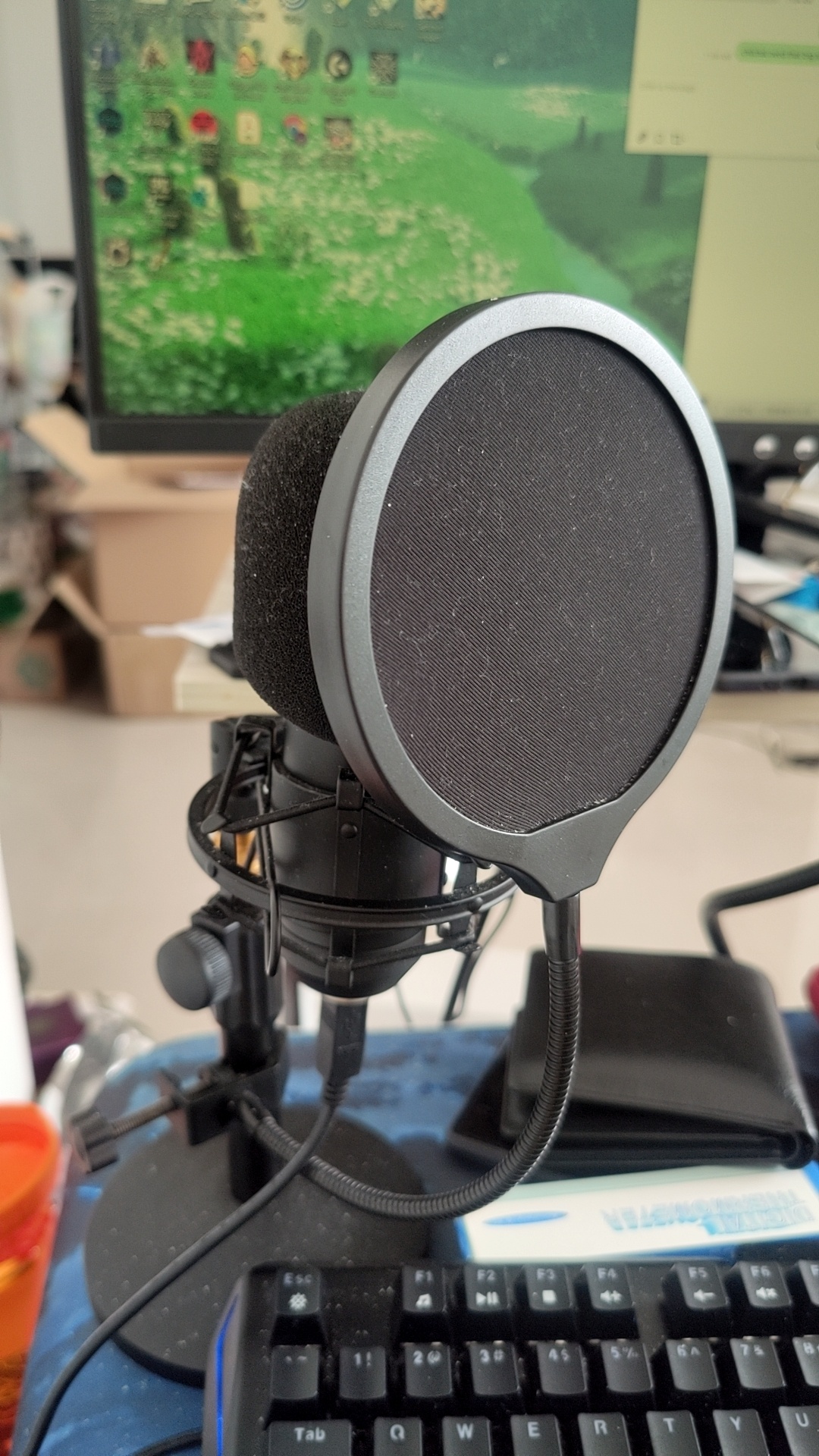
OkkunLee
No personal profile
9Follow
2Followers
0Topic
0Badge
$SOS Limited(SOS)$ My order is not being filled...why? - -
$LifeMD Inc.(LFMD)$ Hi folks, Culper Research is now shorting this stock, to unite squeeze those shorts or get shorted? please decide :)
wishhhhhh
ContextLogic gained as much as 10% a few minutes ago
yahoo
UP Fintech Client Accounts and Balances Hit Record High in Q1 2021
dipdip
Oat Milk Company Oatly to IPO -- Here's What Investors Need to Know
ok
Sorry, the original content has been removed
wow
Sorry, the original content has been removed
lol fake photo
Sorry, the original content has been removed
woaw
AT&T shares soared 5%,beats Earnings Forecast
lol
Sorry, the original content has been removed
ok
How stocks performed during Biden's first 100 days
leave comment
UPDATE 1-Thiel-backed psychedelics firm Atai valued at $3.19 bln in Nasdaq debut
??
UPDATE 1-Thiel-backed psychedelics firm Atai valued at $3.19 bln in Nasdaq debut
break the highest point
S&P 500 is flat near a record with all eyes on Federal Reserve’s update
hmm
U.S. hiring takes big step back as businesses scramble for workers, raw materials
Go to Tiger App to see more news